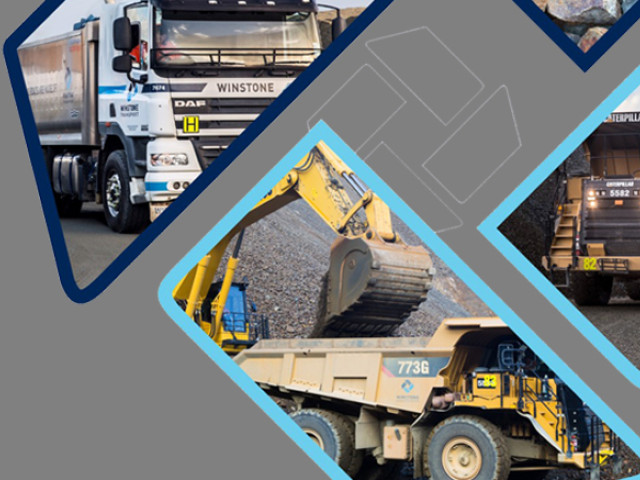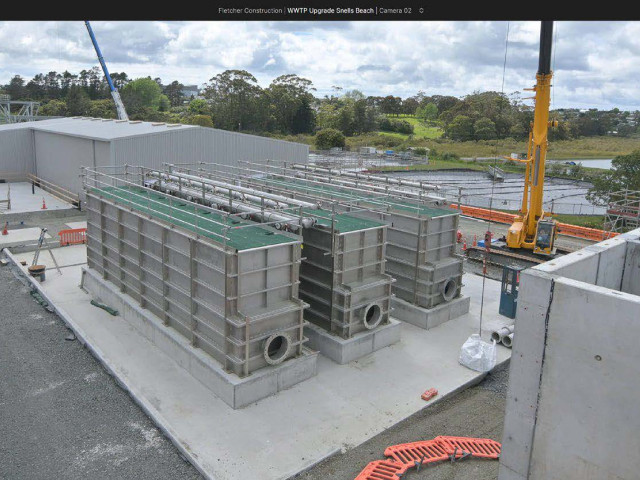We take our role as a leader in the construction sector seriously.
We encourage our teams to use innovative approaches to solve issues and explore opportunities.
In the spirit of collaboration, we want to share this information with all construction professionals, experts, academia and thought leaders for the good of the wider industry.
We value the strength of collaboration and partnering in addressing the many interconnected opportunity areas for our sector.
To that end we want to promote and share the great work of partner organisations in these areas.
To view these stories, please share your details so we can send information that might be of interest and invite you to thought leadership events.
If you would like to learn more, or have information you’d like to share with the wider industry – contact the team here.

Winstone Aggregates is committed to kaitiakitanga - and being excellent custodians of the planet - both now and for generations to come.
Winstone Aggregates is committed to kaitiakitanga - and being excellent custodians of the planet - both now and for generations to come.
Winstone Aggregates has bold ambitions for rehabilitating the environments and ecosystems they work in, supporting local people and communities, and constantly resetting the standard for sustainability that others will aspire to.
Winstone Aggregates' goal is to positively impact our environment, through restoring our already existing forest ecosystems around Aotearoa. To do this they've developed a framework with Nature Positive that is consistent with the International Union for Conservation of Nature (IUCN) and have adopted the Biodiversity Indicator & Reporting System (BIRS). They’re also working with Mana Whenua to weave in Mātauranga Māori frameworks, which will further strengthen the strategy.
Design Community of Practise quickfire presentation: A presentation from our BIM Manager Joyal Jerry and SPE Ryan Clifton on the use of 4D design at the Eastern Busway Project.
Design Community of Practise quickfire presentation: A presentation from our BIM Manager Joyal Jerry and SPE Ryan Clifton on the use of 4D design at the Eastern Busway Project. Joyal and Ryan discuss how they have used 4D planning in the development of the installation methodology for the Reeves Road Flyover.
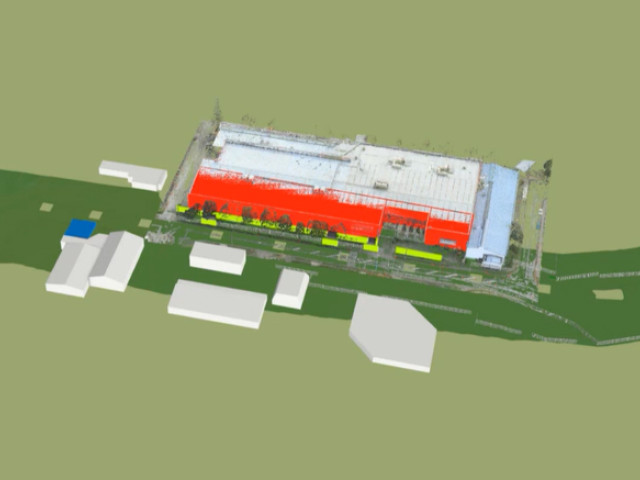
Icon and Kāinga Ora's commitment to supplier diversity, supports and enables targeted businesses to increase their participation in the supply chain.
Icon and Kāinga Ora's commitment to supplier diversity, supports and enables targeted businesses to increase their participation in the supply chain.
In 2020 Icon was appointed by Kāinga Ora as the Main Contractor on the 139 Greys Ave project. Located in central Auckland, the development will provide 276 new homes with at least 200 being state homes. It will also offer 24/7 on-site support services, a concierge service; and around 3,000 sqm of shared space including retail and commercial space, communal areas for community building and medical spaces for health-related services.
A key requirement for the 139 Greys Ave project, was the inclusion of broader outcomes in the tender process and contract. The introduction of Broader Outcomes recognises that through procurement, Government agencies have the opportunity to achieve better cultural, economic, environmental, and social outcomes when procuring goods, services or works.
Integral to Icon's appointment as Main Contractor, was its commitment to six targeted broader outcomes initiatives. This Beacon case study focuses on one of Icon's key commitments: 'Supplier Diversity'.
Beacon case studies showcase examples of good practice and innovation in the construction sector.
Read the case study
MJH Engineering developed a unique in-house training programme to train skilled welders that met the businesses unique needs.
MJH Engineering developed a unique in-house training programme to train skilled welders that met the businesses unique needs. The training programme was launched as a pilot in 2022 and is now currently complete with 100% success/pass rate.
The Construction sector has a chronic skills shortage which has been exacerbated further in current times. MJH Engineering has taken matters into their own hands by developing an inhouse training programme to recruit, train, and employ skilled welders.
The Accord is partnering, supporting, and working with the sector towards the big vision of a 'Thriving, fair and sustainable construction sector for a better Aotearoa New Zealand'. With construction contributing to the economy by representing 10.7% of the current workforce (302,800) year ending March 2022 and being responsible for around 6.7% of GDP ($18.1 bil) year ending March 2022, addressing the skilled labour shortage through initiatives like this and others in the sector will be an essential part of the solution and way forward.
Despite the changes to the Immigration settings, to date there remains a national, and international, skilled labour shortage in some specialised areas of the sector.
Beacon case studies showcase examples of good practice and innovation in the construction sector.
Read the case study
Te Ao Māori values support successful outcomes for the Client, project team and the planet through The Te Wānanga o Raukawa Living Building Project in Ōtaki.
Te Ao Māori values support successful outcomes for the Client, project team and the planet through The Te Wānanga o Raukawa Living Building Project in Ōtaki.
Four new buildings were recently completed at the Ōtaki campus of Te Wānanga o Raukawa. Led by tohunga, the buildings were named and dedicated in May 2023 by members of Te Āti Awa, Ngāti Raukawa and Ngāti Toa Rangatira. They were joined by workers and contractors from McMillan Lockwood, Pritchards Civil Engineers, Tennent Brown Architects, and students, kaiāwhina and staff.
The buildings are named Waitapu, Rangataua, Miria te Kakara, and Te Moana o Raukawa. The names are taken from the whakatauki (saying): "Mai i Waitapu ki Rangataua, mai i Miria te Kakara ki Whitireia, whakawhitia Te Moana o Raukawa ki Wairau ki Whakatū," which describes the rohe of the three iwi.
The naming of these buildings is the culmination of a project which began prior to the COVID-19 pandemic in 2020 and has faced all the challenges that have arisen since then. From early fears of recession through to cost escalations and supply chain issues, the client, architect, quantity surveyor, contractor and sub-contractors have worked collaboratively to achieve an outcome which they all agree has been a huge success on many levels.
Beacon case studies showcase examples of good practice and innovation in the construction sector.
Read the case study
Naylor Love reduces operational costs by diverting over 90% of its construction waste away from landfill.
Naylor Love reduces operational costs by diverting over 90% of its construction waste away from landfill.
Over the 19 years that she has been at Naylor Love, Annie Day has seen first-hand the negative impact that construction can have on the environment. It is estimated that construction and demolition waste makes up to 50 percent of New Zealand's total waste going to landfill 1. As one of Naylor Love's environment managers, Annie was passionate about making a real difference and wanted to reduce the amount of waste the company was sending to landfill.
In collaboration with Auckland Council and others, Naylor Love carried out a waste trial at its construction site on Auckland University of Technology' (AUT) North Campus. The trial involved separation of resources on site and making changes to how Naylor Love used and disposed of its leftover building products and materials. At the end of the trial period, over 90 percent of Naylor Love's construction waste had been diverted away from landfill. This new approach allowed the company to make a saving of 40 percent on their usual landfill costs.
Beacon case studies showcase examples of good practice and innovation in the construction sector.
Read the case study
Scafit changed its business model and approach, to focus on staff wellbeing and development with excellent results for the staff, the business, and the wider community.
Scafit changed its business model and approach, to focus on staff wellbeing and development with excellent results for the staff, the business, and the wider community.
A few years ago, the owners of Scafit, a medium-sized scaffolding business operating in Palmerston North and Whanganui, had to take an unexpected month off. When they came back, they found their business was on the brink of collapse. A mixture of poor management, staffing retention issues and bad advice had nearly brought the company to its knees during the owners' absence.
This was a major turning point for Scafit, as the owners realised they had to change the way the company worked. They decided they needed to work on creating a business focussed on developing a high-performing, well-trained, loyal and happy team that could contribute to the growth and longevity of the company.
Beacon case studies showcase examples of good practice and innovation in the construction sector.
Read the case study
In the next 10 years the Government is planning to invest $10 billion in health infrastructure across the Northern Region to support the health needs of a growing and ageing population.
In the next 10 years the Government is planning to invest $10 billion in health infrastructure across the Northern Region to support the health needs of a growing and ageing population. However, there is a critical shortage of project managers with the specialised health knowledge and skills required to help deliver on this investment.
The four Northern Region District Health Boards have partnered with Northern Regional Alliance (NRA) and the University of Auckland to establish a new master’s qualification and training programme. With a mix of classroom learning and on-the job training, the programme will develop specialised project managers who will play a critical role in Aotearoa New Zealand’s future health infrastructure.
Beacon case studies showcase examples of good practice and innovation in the construction sector.
Read the case study
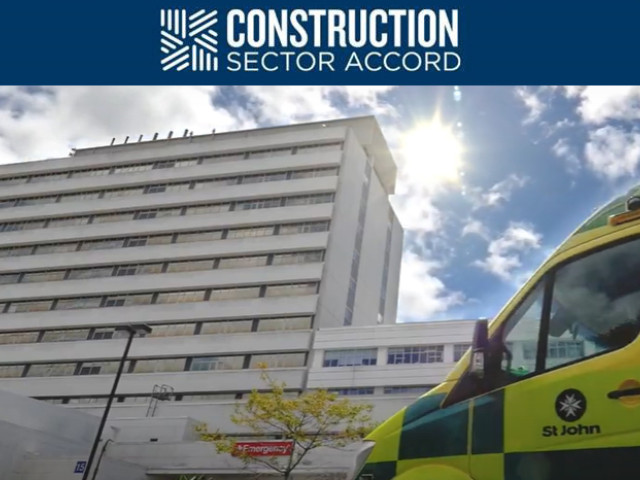
QOROX's innovative 3D printing technology can be adapted to improve productivity in the construction sector.
QOROX's innovative 3D printing technology can be adapted to improve productivity in the construction sector.
It can be difficult for suppliers with new and innovative products to enter the construction market. There are barriers to innovation, such as getting funding and growing to the scale, that’s required to achieve similar costs to traditional methods of construction. Construction is also an industry that is notoriously resistant to change – particularly in moving away from tested methods and adopting new technologies. However, innovation has an important part to play in increasing productivity in the sector.
One innovative supplier, QOROX, has proven how 3D printing technology can be adapted to improve productivity in the construction sector – including building the first hybrid timber and concrete house with 3D printed concrete walls in New Zealand. Key to this achievement is hard work, determination and having clients who are willing to adopt new technologies and work together to create new solutions to challenges in the sector.
Beacon case studies showcase examples of good practice and innovation in the construction sector.
Read the case study
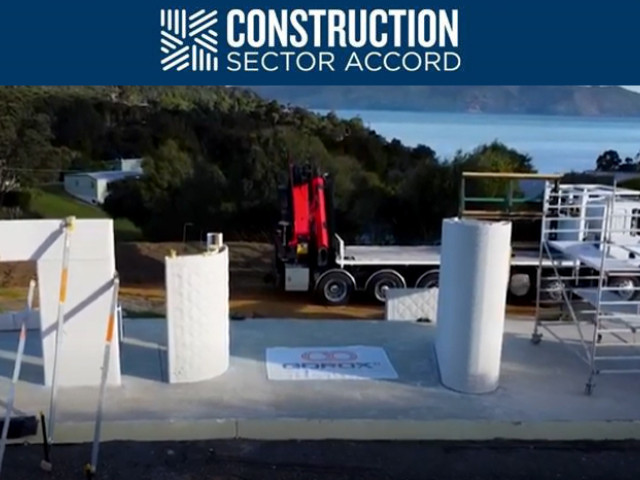
Legacy CCTV and timelapse systems provided detailed information, but there were challenges.
Legacy CCTV and timelapse systems provided detailed information, but there were challenges. User interfaces and the speed of timelapse video generation did not meet the site team and client requirements. Recognising the need for improved technology for faster access and turnaround, we explored alternative solutions.
Design Community of Practise quickfire presentation: short version of a presentation by principal geotechnical engineer Natasha Jokhan at the NZ Geotechnical Society Symposium on Climate Change.
Design Community of Practise quickfire presentation: short version of a presentation by principal geotechnical engineer Natasha Jokhan at the NZ Geotechnical Society Symposium on Climate Change. Natasha talks about a range of ground improvement options and the embodied carbon associated with those options.

This research by the New Zealand Infrastructure Commission provides the first comprehensive baseline analysis of New Zealand’s infrastructure workforce.
This research by the New Zealand Infrastructure Commission provides the first comprehensive baseline analysis of New Zealand’s infrastructure workforce. It looks at how many people work in the infrastructure sector and what sort of work they’re doing. The research also investigates who is working in infrastructure, looking at factors like age, ethnicity, gender, training, and migration. The findings shed light on who is working in infrastructure and the pathways that they follow into the workforce.
Read the report
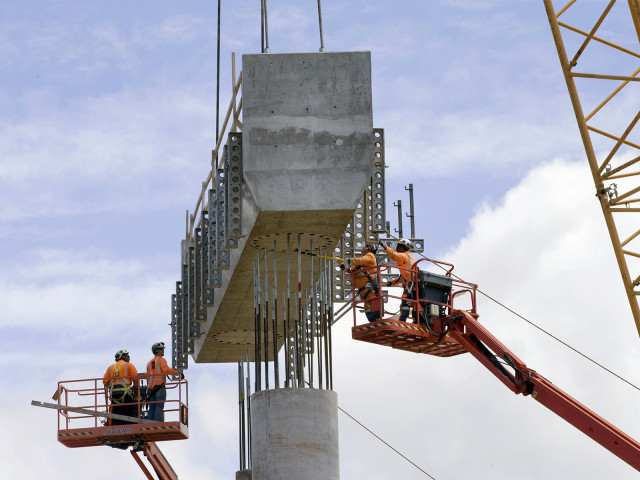
A November 2023 webinar covering local sustainability updates including presentations from ISC, Auckland Council, Teletrac Navman and FH.
A November 2023 webinar covering local sustainability updates including presentations from ISC, Auckland Council, Teletrac Navman and FH.
Watch the webinar
The SCIRT learning library of valuable lessons that have been learnt about the complex challenges of post-disaster recovery operations.
The SCIRT learning library of valuable lessons that have been learnt about the complex challenges of post-disaster recovery operations.
Visit SICRT Learning Legacy
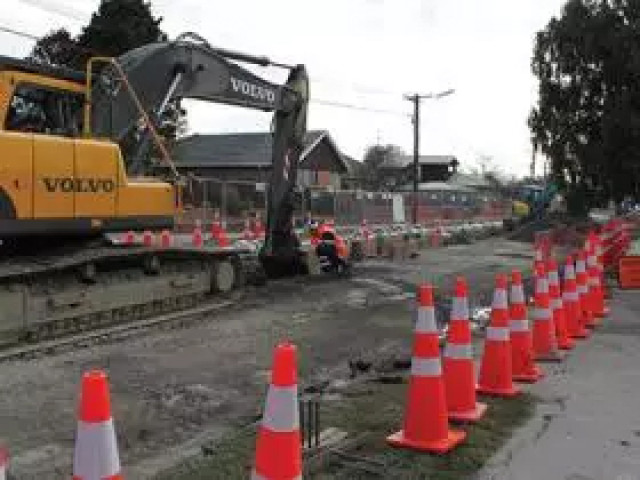
The seventh Construction Industry Survey - a research partnership between Civil Contractors New Zealand (CCNZ) and Teletrac Navman.
The seventh Construction Industry Survey - a research partnership between Civil Contractors New Zealand (CCNZ) and Teletrac Navman. Our research helps to build a picture of New Zealand’s civil construction industry and the experiences of those within the industry.
Download the report
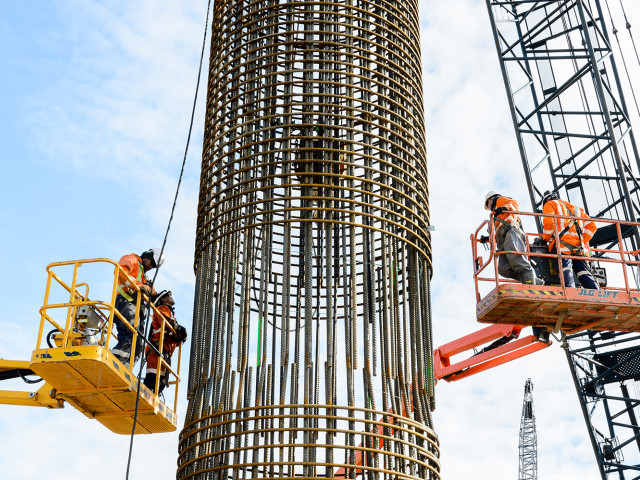
We believe a low-carbon future is within reach for all Kiwi homes.
We believe a low-carbon future is within reach for all Kiwi homes. To show what’s possible we’re introducing you to LowCO, our low energy, low carbon and low water use pilot homes project at Waiata Shores, Tāmaki Makaurau / Auckland.
This year, we will take you on a journey. We will show you how LowCO has been designed to have seven times less carbon, and use half the electricity and water of a standard built home. The people who will ultimately live here will be healthier, warmer and drier and have less bills to pay. You will hear from many people contributing to this ambitious project.
Follow us on our LowCO journey. These are our plans for the future.
Visit the Fletcher Living website

Digital Engineer Jonathan Kubiak and Surveyor Bayley Smith discuss their work on the Coromandel peninsula using a LIDAR drone to survey road slips following the major weather events of early 2023, inc...
Digital Engineer Jonathan Kubiak and Surveyor Bayley Smith discuss their work on the Coromandel peninsula using a LIDAR drone to survey road slips following the major weather events of early 2023, including Cyclone Gabrielle. This discussion was originally a FC Design Community of Practise quickfire presentation.
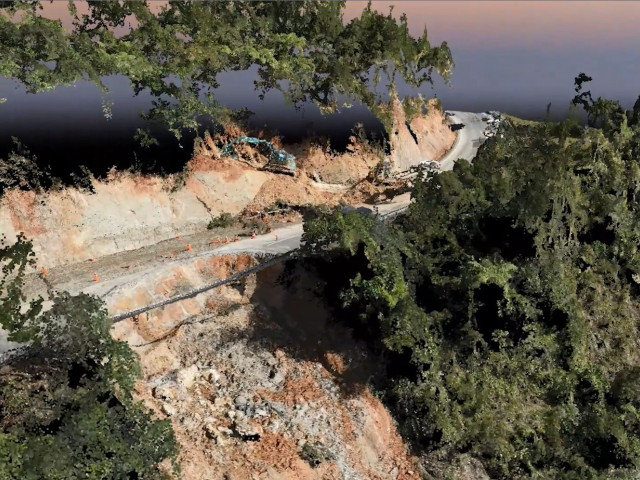
Our Auckland International Airport Limited project team introduced smart Bluetooth sensors to measure concrete strength shortly after the pavement has been poured.
Our Auckland International Airport Limited project team introduced smart Bluetooth sensors to measure concrete strength shortly after the pavement has been poured.
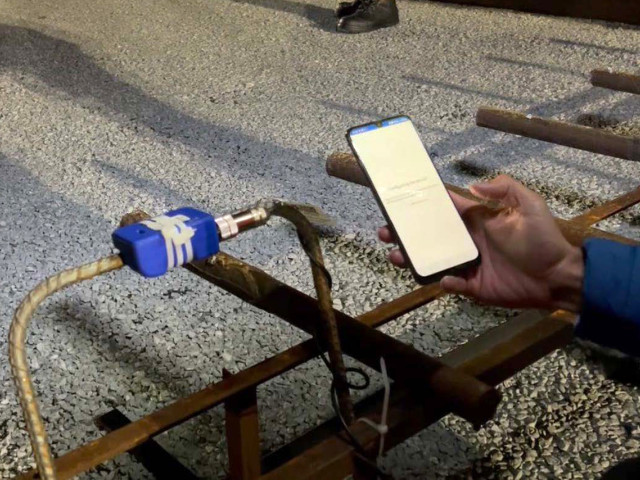
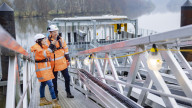
What's next for you?
Join us and we’ll get you all set for what’s next – from the career you want to the lifestyle you’re dreaming of. The size and scale of our operations means we can offer an impressive range of opportunities across the country.

